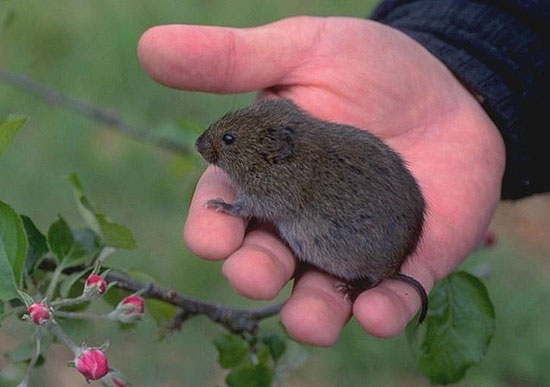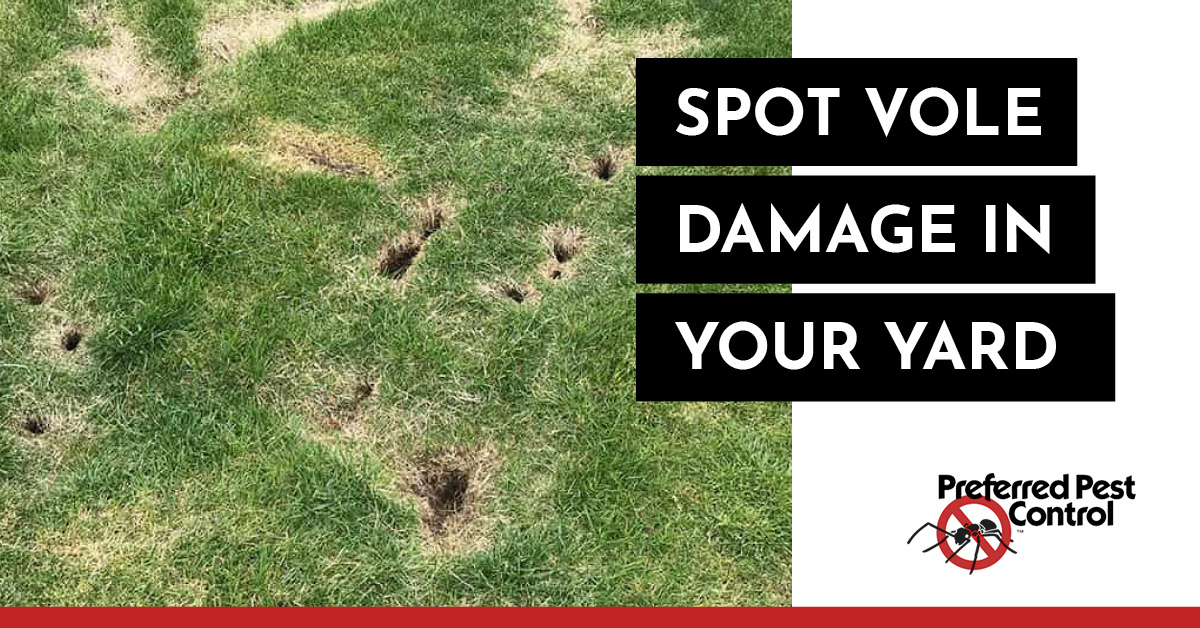Comprehensive Overview to Efficient Vole Pest Control: Problem Identification and Treatment Approaches
In the world of effective parasite control, vole problems pose an one-of-a-kind difficulty that requires a calculated method. These little rats, usually mistaken for computer mice, can unleash mayhem on yards, yards, and plants if left untreated. Recognizing the indications of vole visibility and carrying out targeted treatment techniques are necessary elements of a successful parasite management strategy. By checking out the subtleties of vole behavior, understanding crucial signs of infestation, and examining a variety of control alternatives, one can develop an extensive approach to combat these elusive bugs.
Comprehending Vole Behavior
Vole actions is identified by their delving behaviors and quick reproduction prices, making them a difficult bug to regulate efficiently. These tiny rats commonly develop complex passage systems underground, utilizing them for sanctuary, food storage, and transportation. Voles are herbivores, consuming a variety of plants, roots, bulbs, and grasses, which can trigger significant damages to yards, orchards, and grass. Their quick reproductive price additional complicates control initiatives, with females with the ability of creating multiple clutters in a solitary year, each including several spawn.
Voles are most active throughout the early morning and night hours, spending most of their time foraging for food. Their tunneling behaviors not only interrupt yards and yards however also make them testing to spot and get rid of. Recognizing vole habits is important for effective bug control approaches. By determining their burrow locations, checking feeding areas, and carrying out targeted control approaches, such as trapping or habitat adjustment, vole problems can be handled successfully.
Indications of Vole Problem

Prevention Approaches
Implementing reliable prevention techniques is important in reducing vole infestations and safeguarding greenery from their destructive feeding practices. To stop vole infestations, it is essential to start by eliminating possible food resources and shelter.
On a regular basis evaluating the residential property for indications of vole activity, such as paths and burrow openings, is vole pest control essential for early discovery and prompt activity. If vole activity is suspected, consider using traps or repellents purposefully put near their pathways. Employing all-natural predators like owls or snakes can also aid keep vole populaces in check. By executing a mix of these prevention homeowners, methods and garden enthusiasts can successfully protect their greenery from vole damages.
Non-Lethal Control Methods
To efficiently handle vole populaces while prioritizing gentle techniques, non-lethal control approaches offer practical services for lowering vole damages in yards and landscapes. One reliable method is making use of physical obstacles such as equipment towel or cord mesh to shield at risk plants. These obstacles can be hidden at the very least 12 inches deep and curved at a 90-degree angle to avoid voles from burrowing beneath. Additionally, habitat modification can deter voles by reducing their favored food sources and hiding spots. Keeping a well-mowed grass, eliminating particles, and maintaining greenery trimmed can make the environment much less enticing to voles.

Lethal Control Options
One reliable method for addressing vole infestations in yards and landscapes involves the calculated usage of dangerous control choices. When confronted with an extreme vole infestation that non-lethal techniques have actually stopped working to contain, applying deadly control procedures comes to be important. One typically used dangerous control option is the use of snap traps. These catches are made to quickly and humanely kill voles upon activation, making them a prominent option for numerous garden enthusiasts and landscaping companies. To raise the effectiveness of snap traps, it is advised to put them in areas where vole activity is high, such as along runways or near burrow entrances. One more deadly control option is the application of toxic lures specifically created to target voles. These lures have poisonous substance that is consumed by the voles, leading to their eventual death. Nonetheless, care needs to be worked out when utilizing toxic lures to avoid damage to non-target animals or animals. Generally, when utilizing deadly control options, it is vital to do so sensibly and based on regional policies to effectively take care of vole invasions.
Verdict
Finally, reliable vole insect control calls for a thorough understanding of vole habits, recognition of indications of problem, implementation of avoidance methods, and application of both dangerous and non-lethal control methods. By integrating these strategies, individuals can effectively handle vole populations and secure their property from damage. It is essential to address vole invasions immediately to avoid additional problems and decrease the impact on the surrounding setting.
Given the complex passage systems and fast recreation rates characteristic of voles, acknowledging the indicators of vole problem ends up being important in efficient parasite control. One of the key indicators of vole presence is the presence of surface paths or trails in turf or snow, commonly about 1-2 inches large, created as voles travel between their burrows and food sources.To successfully handle vole populations while prioritizing humane methods, non-lethal control techniques provide functional options for minimizing vole damages in yards and landscapes.One efficient technique for attending to vole invasions in yards and landscapes includes the tactical use of deadly control options. vole pest control.In conclusion, effective vole pest control calls for a comprehensive understanding of vole behavior, recognition of indicators of invasion, application of prevention strategies, and utilization of both lethal and non-lethal control approaches
Comments on “Protect Your Grass: Reliable Vole Control Techniques”